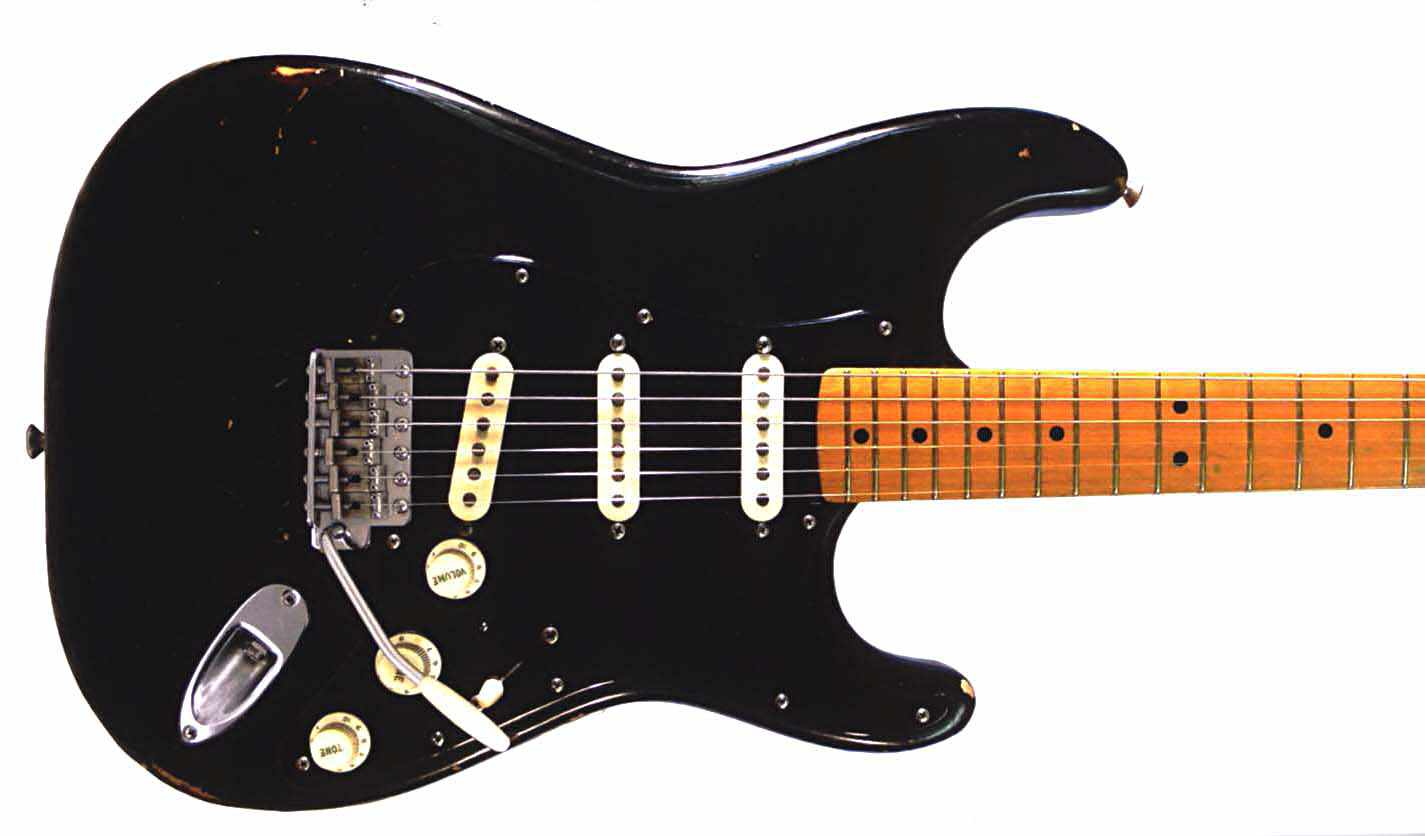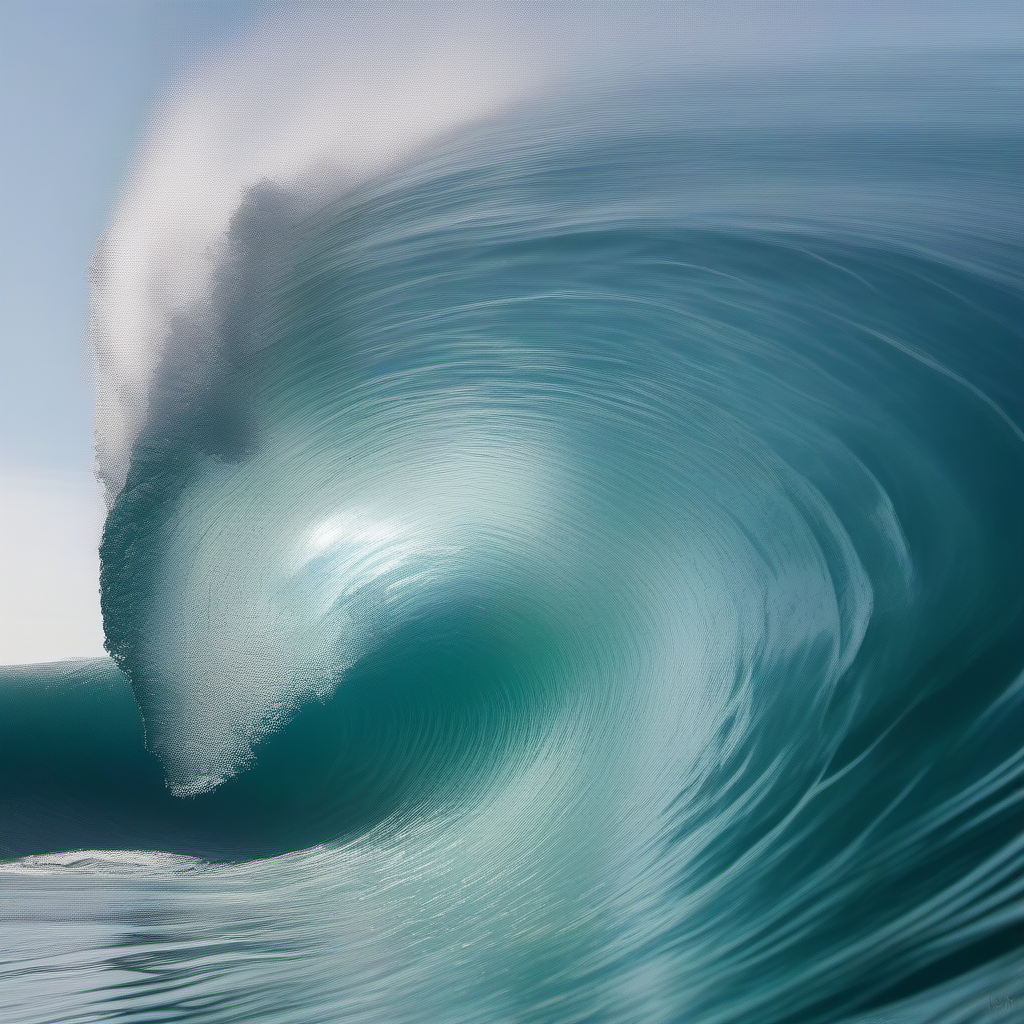Since 2016, I’ve had a fileserver mostly just for backups. System is on 1 drive, RAID6 for files, and semi-annual cold backup.
I was playing with Photoprism, and their docs say “we recommend placing the storage folder on a local SSD drive for best performance.” In this case, the storage folder holds basically everything but the pictures themselves such as the database files.
Up until now, if I lost any database files, it was just a matter of rebuilding them by re-indexing my photos or whatever, but I’m looking for something more robust since I’ll have some friends/family using Pixelfed, Matrix, etc.
So my question is: Is it a valid strategy to keep database files on the SSD with some kind of nightly backup to RAID, or should I just store the whole lot on the RAID from the get go? Or does it even matter if all of these databases can fit in RAM anyway?
edit: I’m just now learning of ZFS caching which might be my answer.
You may be confused about the terminology:
RAID = many disks that help prevent data loss
NVME = Just an SSD
A collection of drives that are joined to a RAID group prevent data loss. An NVME drive is just a drive, which has no data loss prevention. If that drive dies, the data dies.
If those docs say anything about SSD, it’s because their code is slow, and it will seem less obvious by using a faster disk.
I understand all of that. Sorry I didn’t explain it well.
I have a RAID6 for data and a single HDD for system files. I’d like to move the HDD to an NVME/SSD. I suppose I could make another RAID with an additional NVME, but I’ve found it easier to deal with booting off a traditional drive.
My solution for redundancy for the NVME is to just backup the bits that I need every night. These are usually just a few hundred megabyte database files. I’m curious if that’s a typical solution.
edit: to clarify, it’s a software raid with mdadm.
I just made a mirror out of two NVMes―they got cheap enough not to bother too much with the loss of capacity. Of course, that limits what I can put there, so I use a bit of a tiered storage between my NVMe and HDD pools.
Just think in terms of data loss: are you going to be ok if you lost the data between backups? If the answer is yes, one NVMe is enough.
Yeah, I’m only serving one timezone, so if I can swing nightly backups at periods of low activity, I’d only be out 1 day which isn’t that big.
-
You don’t need zfs cache. Stay away from it. This isn’t going to help with what you want to do anyway. Just have enough RAM.
-
You need to backup your stuff. Follow the 3-2-1 rule. RAID is not a backup.
-
Don’t use hardware raids, there are many benefits to using software these days.
With that said, let’s dig into it. You don’t really need NVMe drives tbh. SATA is probably going to be sufficient enough here. With that said, having mirrored drives will be sufficient enough as long as you are backing up your data. This also depends on how much space you will need.
I just finished building out my backup and storage solution and ended up wanting NVMe drives for certain services that run. I just grabbed a few 1 TB drives and mirrors them. Works great and I do get better performance, even with other bottlenecks. This is then replicated to another server for backup and also to cloud backup.
You also haven’t said what hardware you are currently using or if you are using any software for the raid. Are you currently using zfs? Unraid? What hardware do you have? You might be able to use a pice slot to install multiple NVMe drives in the same slot. This requires bifurcation though.
Current hardware is an ancient fanless motherboard from 2016. RAID6 is through mdadm. Four of the drives are through a super slow PCIe 2.0 1x card.
New motherboard (just ordered) is a supermicro H13SAE-MF which has dual nvme slots and a built in raid controller for them.
Any reason why that board? Not 100% sure what you are trying to do, but it seems like an expensive board for a home NAS. I feel like you could get more value with other hardware. Again, you don’t need a raid controller these days. They are a pain to deal with and provide less protection when compared to software raid these days. It looks like the x16 can be split on that board to be 8/8, so if needed you can add an adapter to add 2 nvmes.
You can just get an HBA card and add a bunch of drives to that as well if you need more data ports.
I would recommend doing a bit more research on hardware and try and figure out what you need ahead of time. Something like an ASRock motherboard might better in this case. The epyc CPU is fine. But maybe get something with rdimm memory. I would just make sure it has a Management port like ipmi on the supermicro.
I wanted to get something with a lot of upgrade potential, and this was the cheapest option to get my foot in the door with an EPYC processor.
Also needed two PCIe slots that could do at least 8x for the hba card and Intel ARC for video streaming.
-
Both your RAID and NVMe data should be getting backed up daily to 2 different destinations, if it’s irreplaceable.
But to answer your question, just place the DB and cache files for Photoprism on the NVMe, and the photos themselves on the RAID.
Can you suggest a method for two-destination daily backups that don’t involve a 3rd party service? At the moment, I’m doing every six months or so on two sets of cold storage, one offsite.
That sounds reasonable, although I’d be worried about not having an extra local daily backup in case files get corrupted or accidentally deleted.
Take an encrypted HDD to work and leave it in your desk?
Doing that every day feels a bit impractical. I already do that every few months.
All a matter of your risk tolerance and how often the data changes.
deleted by creator
Hah. I see your looking into ZFS caching. Highly recommend. I’m running Ubuntu 24.04 Root on ZFS RAID10. Twelve each data drives and one nvme cache drive. Gotta say it’s performing exceptionally. ZFS is a bit tricky, it requires an HBA not a RAID card. You may to to flash the raid card to get it working like I did. After that, I have put together a GitHub for the install on ZFS RAID 10, but you should easily be able to change it to RAIDz2. Fair warning, it wipes the drives entirely.
Picked up a LSI SAS 9305-16I. I was always planning to do software raid, so I think it’ll do the trick for zfs.
Hell yeah, it will. I need one of those bad boys.
Lucked out on eBay and got it for $50.
Don’t make the same mistake I did. Get a backup in place before using ZFS. Using ZFS and RAIDing your drives together makes them a singular failure point. If ZFS fucks up, you’re done. The only way to mitigate this is having another copy in a different pool and preferably different machine. I got lucky that my corrupted ZFS pool was still readable and I could copy files off, but others have not been so lucky.
Yeah, I wouldn’t dare.
The fact that I migrated from a 3 drive to 6 drive mdadm raid without losing anything is a damn miracle.
RAID gives you greater uptime. That is all. You should also have backups. So how much uptime do you need?
It also can improve performance when done with enough disks
I’ve heard that too. Hmm.
Up until recently, the server mostly hosted a photo library and media library that didn’t tend to change very often. So a hdd in a fireproof save updated once a year was enough for me.
I guess I’ll have to come up with a better solution. What would you recommend for automatic backups? I’m trying to avoid 3rd party services.
I’ve switched to restic for my backups and have been very happy with it. Very fast, encrypted and snapshot history.
So are you thinking like a raspberry pi with an 18TB hard drive accepting nightly backups through restic?
Sounds like a good plan to me
Spinning disks can perform well if you do it right
https://www.raidz-calculator.com/
Just toss in some high endurance SSD’s and you are golden.
Note: If you want to backup a DBMS, you’re going to want to use some system that ensures that the backup is atomic.
Can you elaborate? (learning a lot at the moment).
My thought was to just copy over the whole database directory every night at like 2am. Though some of the services do offer built-in database backup tools which I assume are designed to do what you’re talking about.
Basically, you want to shut down the database before backing up. Otherwise, your backup might be mid-transaction, i.e. broken. If it’s docker you can just docker-compose down it, backup, and then docker-compose up, or equivalent.
Wouldn’t this require the service to go down for a few minutes every night?
Yup (although minutes seems long and depending on usage weekly might be fine). You can also combine it with updates which require going down anyway.
Alternatively, if your databases are on a filesystem that supports snapshots (LVM, btrfs or ZFS for instance), you can make a snapshot of the filesystem, mount the snapshot and backup thame database from it. This will ensure the backup is consistent with itself (the backed up directory was not written to between the beginning and the end of the backup)
Doesn’t this just pass the issue to when the snapshot is made? If the snapshot is created mid-database update, won’t you have the same problem?
No, because the DBMS is going to be designed to permit power loss in the middle of a write without being corrupted. It’ll do something vaguely like this, if you are, for example, overwriting an existing record with a new one:
-
Write that you are going to make a change in a way that does not affect existing data.
-
Perform a barrier operation (which could amount to just syncing to disk, or could just tell the OS’s disk cache system to place some restrictions on how it later syncs to disk, but in any event will ensure that all writes prior to to the barrier operation are on disk prior to those write operations subsequent to it).
-
Replace the existing record. This may be destructive of existing data.
-
Potentially remove the data written in Step 1, depending upon database format.
If the DBMS loses power and comes back up, if the data from Step #1 is present and complete, it’ll consider the operation committed, and simply continue the steps from there. If Step 1 is only partially on disk, it’ll consider it not committed and delete it, treat the commit as not having yet gone through. From the DBMS’s standpoint, either the change happens as a whole or does not happen at all.
That works fine for power loss or if a filesystem is snapshotted at an instant in time. Seeing a partial commit, as long as the DBMS’s view of the system was at an instant in time, is fine; if you start it up against that state, it will either treat the change as complete and committed or throw out an incomplete commit.
However, if you are a backup program and happily reading the contents of a file, you may be reading a database file with no synchronization, and may wind up with bits of one or multiple commits as the backup program reads the the file and the DBMS writes to it – a corrupt database after the backup is restored.
Very good to know! Thanks.
-
Some databases support snapshotting (which won’t take the database down), and I believe that backup systems can be aware of the DBMS. I’m not a good person to ask as to best practices, because I don’t admin a DBMS, but it’s an issue that I do mention when people are talking about backups and DBMSes – if you have one, be aware that a backup system is going to have to take into account the DBMS one way or another if you want to potentially avoid backing up a database in inconsistent state.
2 HDDs (mirrored zpool), 1 SATA SSD for cache, 32 GB RAM
First read: 120 MB/s
Read while fully cached (obviously in RAM): 4.7 GB/s
If your device permits it, run raid on disc, and use nvme as cache. My Synology does this.
I‘m building this for some time now. I run a raid 1 on mechanical disks for file storage and have an ssd for the logic/database stuff. Have bought a second ssd and will put them in a raid as well bc limited lifespan.
Hm… My new motherboard does actually have dual NVME M.2 slots. I might end up doing that (once my budget recovers a bit).
You dont even need special nvme‘s. You can buy mid range ones.
Best is if they dont fail together so they should best not be the same batch or have the same age and write amount.
I do highly recommend to have a raid array for any server ssd since they fail unpredicably and without any signs.
I have run photoprism straight from mdadm RAID5 on some ye olde SAS drives with only a reduction in the indexing speed (About 30K photos which took ~2 hours to index with GPU tensorflow).
That being said I’m in a similar boat doing an upgrade and I have some warnings that I have found are helpful:
- Consumer grade NVMEs are not designed for tons of write ops, so they should optimally only be used in RAID 0/1/10. RAID 5/6 will literally start with a massive parity rip on the drives, and the default timer for RAID checks on Linux is 1 week. Same goes for ZFS and mdadm caching, just proceed with caution (ie 321 backups) if you go that route. Even if you end up doing RAID 5/6, make sure you get quality hardware with decent TBW, as sever grade NVMEs are often triple in TBW rating.
- ZFS is a load of pain if you’re running anything related to Fedora or Redhat, and the performance implications from lots and lots of testing is still arguably inconclusive on a NAS/Home lab setup. Unless you rely on the specific feature set or are making an actual hefty storage node, stock mdadm and LVM will probably fulfill your needs.
- Btrfs has all the features you need but is a load of trash in performance, highly recommend XFS for file integrity features + built in data dedup, and mdadm/lvm for the rest.
I’m personally going with the NVME scheduled backups to RAID because the caching just doesn’t seem worth it when I’m gonna be slamming huge media files around all day along with running VMs and other crap. For context, the 2TB NVME brand I have is only rated for 1200 TBW. That’s probably more then enough for a file server, but for my homelab server it would just be caching constantly with whatever workload I’m throwing at it. Would still probably last a few years no issues, but SSD pricing has just been awful these past few years.
On a related note, Photoprism needs to upgrade to Tensorflow 2 so I don’t have to compile an antiquated binary for CUDA support.
Thanks for the tips. I’ll definitely at least start with mdadm since that’s what I’ve already got running, and I’ve got enough other stuff to worry about.
Are you worried at all about bit rot? I hear that’s one drawback of mdadm or raid vs. zfs.
Also, any word on when photoprism will support the Coral TPU? I’ve got one of those and haven’t found much use for it.
Building RAID on top of SSDs is an answer.
My new motherboard actually has a RAID controller for the M.2 slots. I know people frown on hardware raid, but given it’s the boot drive, it might just be easiest to count on it for daily operation and backup to the software RAID/something else every night.
Make sure, if you use hardware RAID, you know what happens if your controller dies.
Is the data in a format you can access it easily? Do you need a specific raid controller to be able to read it in the future? How are you going to get a new controller if you need it?
That’s a big reason why people nudge you to software raid: if you’re using md and doing a mirror, then that’ll work on any damn drive controller on earth that linux can talk to, and you don’t need to worry about how you’re getting your data back if a controller dies on you.
So I’m kind of on the fence about this. I ran a raid boot disk system like 12 years ago, and it was a total pain in the ass. Just getting it to boot after an update was a bit hit or miss.
Right now I’m leaning towards hardware nvme raid for the boot disk just to obfuscate that for Linux, but still treat it delicately and back up anything of importance nightly to a proper software raid and ultimately to another medium as well.
Oh I wasn’t saying to not, I was just saying make sure you’re aware of what recovery entails since a lot of raid controllers don’t just write bytes to the disk and can, if you don’t have spares, make recovery a pain in the ass.
I’m using MD raid for my boot SSDs and yeah, the install was a complete pain in the ass since the debian installer will let you, but it’s very much in the linux sense of ‘let you’: you can do it, but you’re figuring it out on your own.
Where I’ve landed now is
A) just migrate everything over so I can continue working. B) Migrate my mdadm to ZFS C) Buy another NVME down the road and configure it with the onboard RAID controller to prevent any sudden system downtime. D) Configure nightly backups of anything of import on the NVME RAID to the ZFS pool. E) Configure nightly snapshots of the ZFS pool to another webserver on-site. F) rsync the ZFS pool to cold storage every six months and store off-site.
I meant software RAID of course. Hardware RAIDs just cause headacehes, but fake RAIDs that are built into motherboards are a real nightmare.









